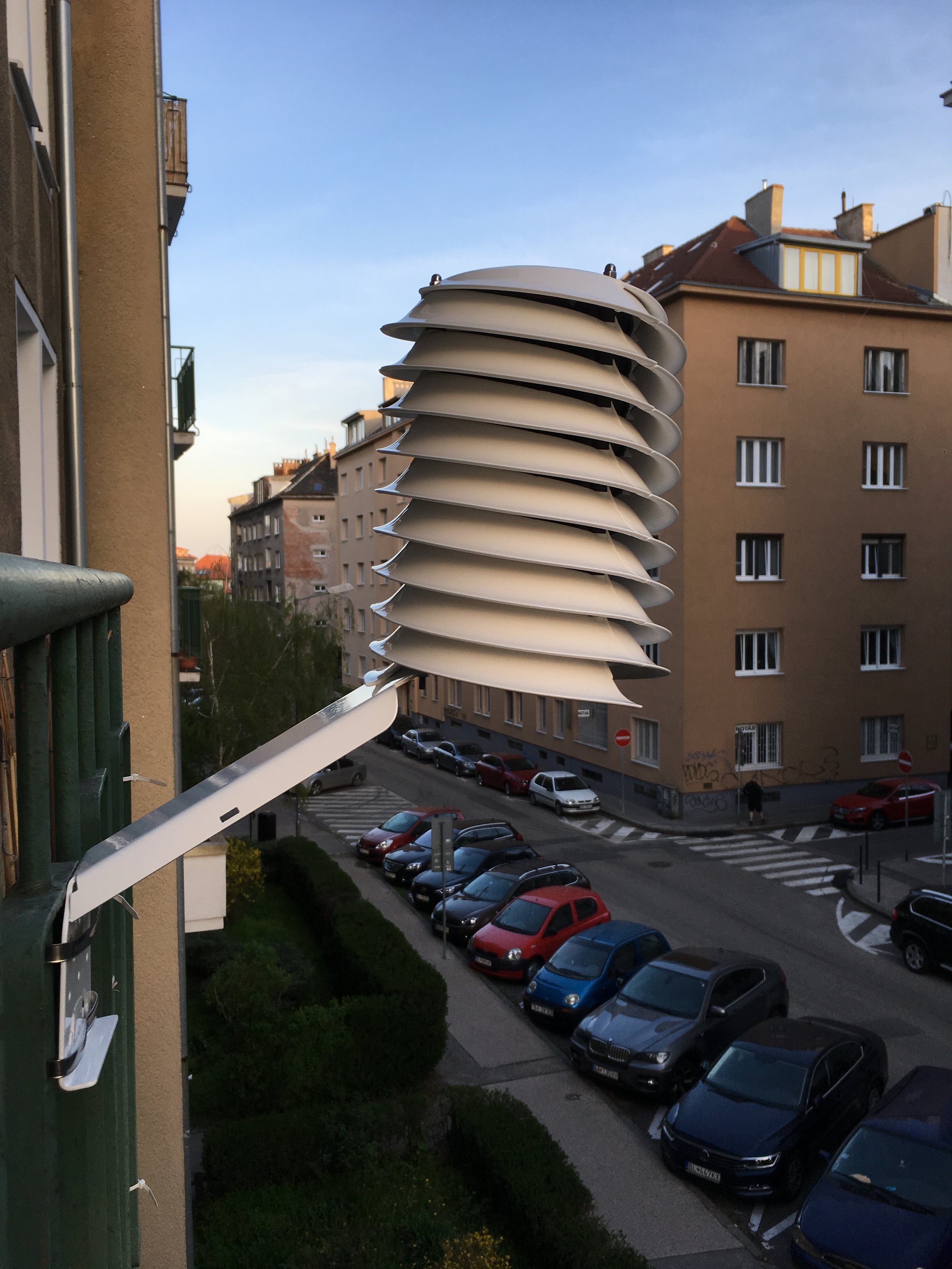Can new technologies make urban weather stations accurate?
/While accurate meteorological measurement in an urban environment was until now practically impossible, a new technology promises change that.
MeteoHelix® is a new type of weather station based on a patented helical solar shield design which forms a continuous helix. The manufacturer, BARANI DESIGN Technologies, claims to have achieved the never before possible combination of unobstructed airflow to the internal sensors while simultaneously providing 360-degree protection from reflected light and radiating heat from nearby walls.
Independently verified, the helical shape delivers the most accurate air temperature measurement available without fan assisted airflow in a solar shield. In testing involving strong light reflections from the ground, it proved to be more accurate than many fan-aspirated radiation shields.




